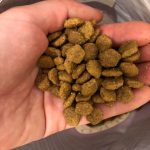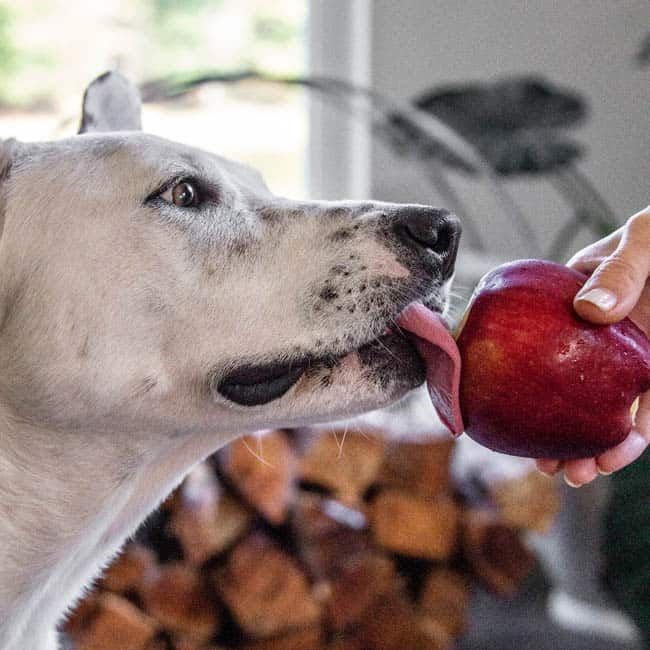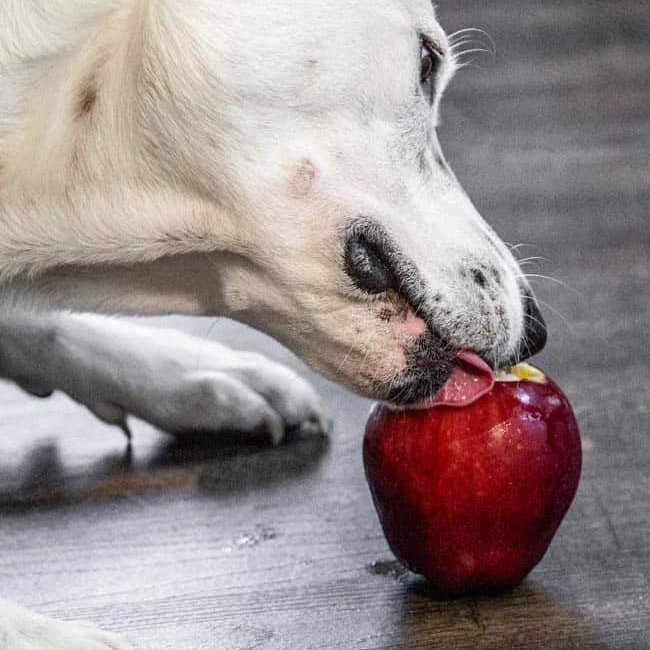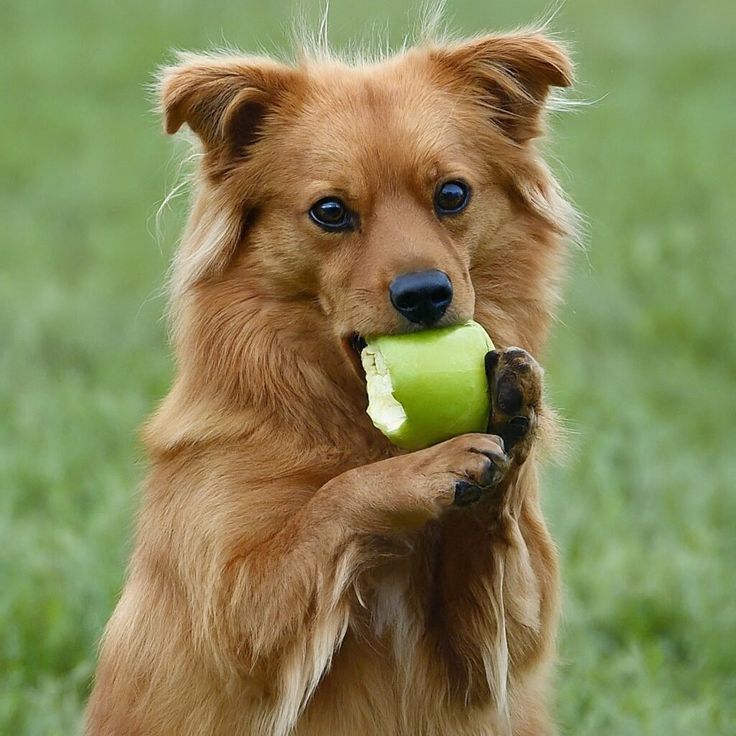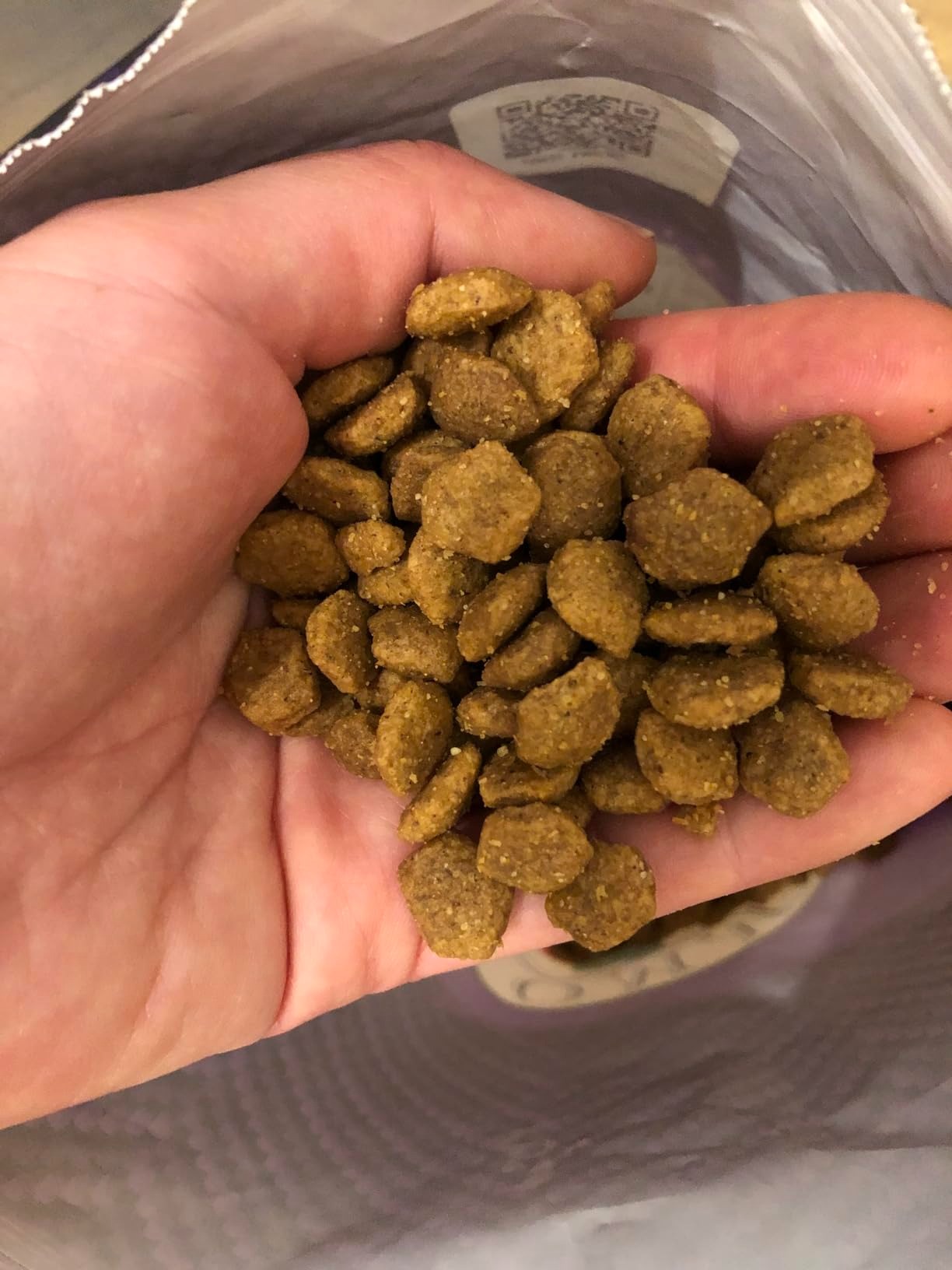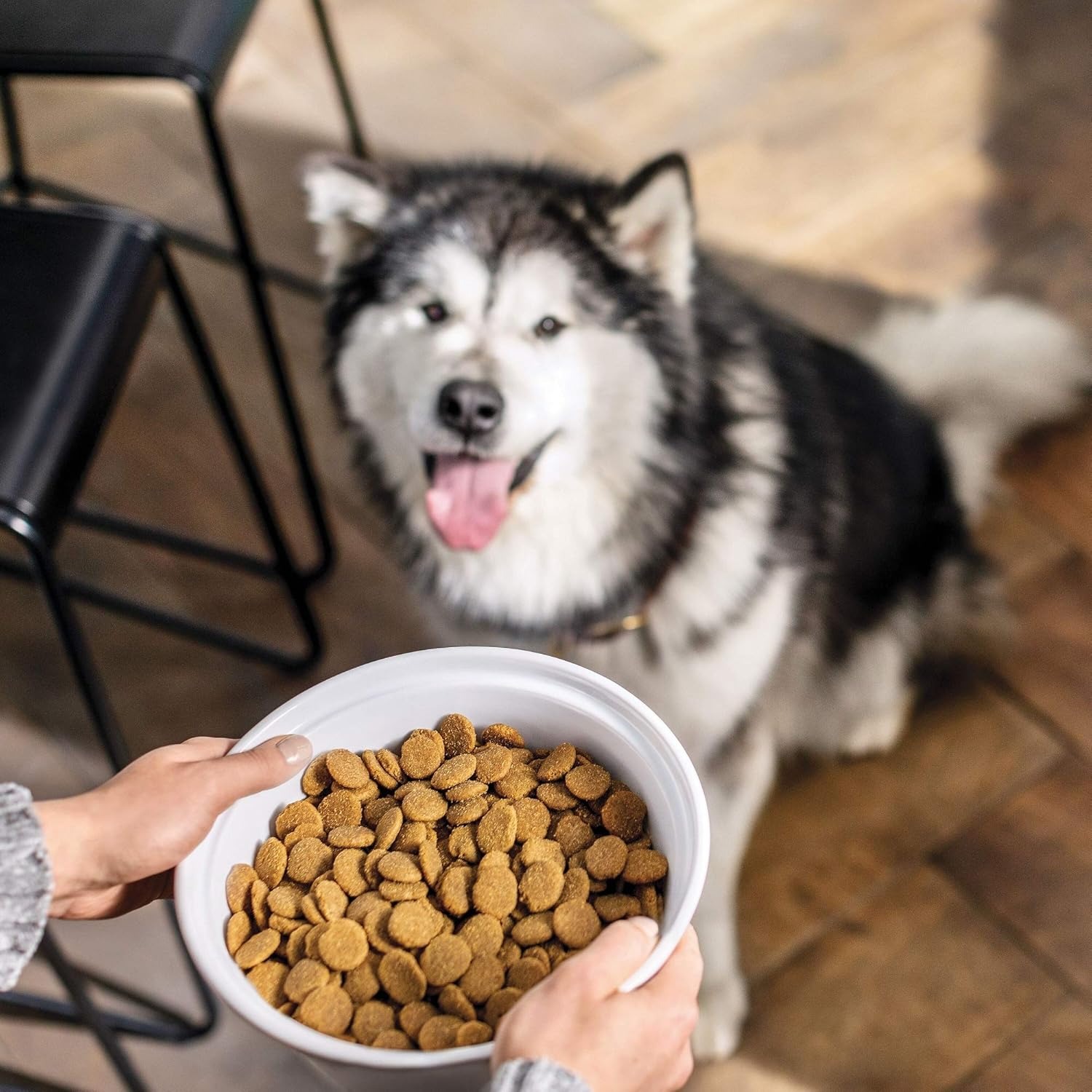Introduction to Feeding Dogs Fruit
When it comes to our furry friends, many pet owners find themselves questioning what foods are safe to share. One common query among dog parents is, can dog eat apple skin? Apples are a popular fruit known for their health benefits, providing essential nutrients and vitamins not only for humans but also for dogs. However, as responsible pet owners, it’s crucial to determine which parts of this fruit are safe for canine consumption. In this guide, we will explore the specifics of apple skin, its safety for dogs, and best practices for incorporating fruits into their diet.
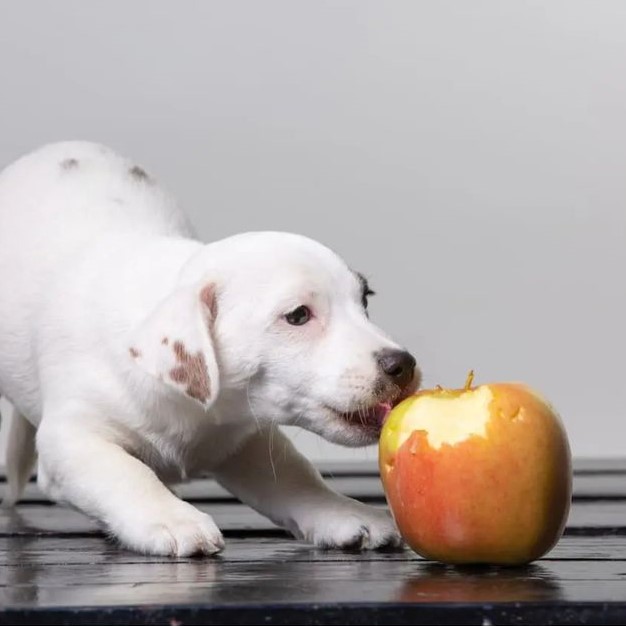
Fruits can provide several health benefits to dogs, including vital vitamins, fiber, and hydration. Apples, in particular, are low in fat and calories, making them an excellent treat choice. A cautious and informed approach to feeding your dog fruits can enhance their nutrition while avoiding potential hazards associated with improper feeding practices.
Can Dogs Eat Apple Skin?
- Safe to Consume: Yes, dogs can safely eat apple skin. The skins of apples contain important nutrients, including fiber and antioxidants. Fiber is beneficial for digestion, and antioxidants can support the immune system by reducing oxidative stress. When feeding your dog apples, the skin contributes valuable nutrients and promotes health.
- Nutritional Benefits: Additionally, apple skin has many health benefits. The fiber helps maintain digestive health, which can be particularly beneficial for dogs with upset stomachs or irregular bowel movements. The vitamins found in the skin, particularly vitamins A and C, help keep your dog’s coat shiny and skin healthy. Moreover, offering apple skin can aid in hydration, especially during warmer months.
- Moderation is Key: While apple skin is generally safe, moderation is essential. Treats, including fruits, should only make up a small portion of your dog’s total diet—less than 10%. When introducing apples, start with small amounts to observe how your dog reacts. Some dogs may have sensitive stomachs, so it’s important to monitor them for any digestive distress.
- Potential Risks: While most dogs can enjoy apple skin safely, specific issues could arise. For instance, if the apple skin is not washed properly, it may retain pesticide residues or dirt. Additionally, some dogs may be allergic to fruits, including apples. If you notice a sudden allergic reaction characterized by itching, swelling, or gastrointestinal distress, stop feeding apples immediately and consult your veterinarian.
Preparing Apples for Your Dog
- Washing Thoroughly: Can dog eat apple skin? Before serving apples to your dog, ensuring they are washed thoroughly is essential. This process removes harmful chemicals, wax coatings, and dirt that may be present on the apple’s surface. Selecting organic apples can reduce the risk of pesticide exposure. Always consider washing produce before consumption for both humans and pets.
- Core and Seeds Removal: It’s crucial to remove the core and seeds of the apple before presenting it to your dog. The core poses a choking hazard, while the seeds contain cyanogenic compounds that can be harmful when ingested in large quantities. Cutting the apple into small slices ensures that there are no choking hazards while also making it easier for your dog to eat.
- Cooking vs. Raw: While raw apple slices are safe for dogs, some pet owners may wonder if it is better to cook apples first. Cooking apples may soften them and make them easier to chew. However, cooking can also remove some nutrients. Therefore, offering raw apples is typically preferred unless your dog has specific chewing issues or prefers them cooked.
Other Fruits Safe for Dogs
- Bananas: Bananas are another safe fruit for dogs and can be fed as an occasional treat. Rich in potassium and vitamins, they provide health benefits while being low in calories. As with apples, moderation is key.
- Blueberries: Blueberries are packed with antioxidants and a great addition to your dog’s diet. They can be served fresh, frozen, or included in homemade treats. Their small size makes them perfect for training rewards as well.
- Watermelon: Watermelon is excellent for hydration, especially in hot weather. It should be offered without the rind and seeds. The juicy flesh is sweet and appealing to many dogs, making it a great summer snack.
- Carrots: Although not a fruit, carrots are safe and healthy for dogs. They provide crunchiness and are low in calories. Carrots help promote dental health and can be a satisfying chew for many dogs.
Fruits to Avoid
- Grapes and Raisins: Always keep grapes and raisins away from your dog. They are known to be toxic and can lead to kidney failure, even in small amounts. If your dog accidentally consumes them, seek veterinary help immediately.
- Citrus Fruits: While small amounts of citrus fruits like oranges and lemons can be tolerated, their high acidity can upset some dogs’ stomachs. It’s best to limit or avoid these fruits in their diet.
- Avocado: Avocados should be avoided as the fruit contains a substance called persin, which can cause gastrointestinal disturbances in dogs. The high-fat content also poses risks for some dogs, especially those with pancreatitis.
Signs of Allergies or Intolerance
- Watch for Reactions: After introducing apples or any new food into your dog’s diet, it is important to watch for any signs of allergies or intolerance. Look for symptoms such as vomiting, diarrhea, lethargy, or excessive scratching or licking.
- Consult Your Veterinarian: Should you observe any strange behavior after feeding your dog apples, it’s crucial to consult your veterinarian. They can determine whether the fruit caused the reaction or if there is an underlying health concern.
Creative Ways to Serve Apples
Homemade Treats
- Using Apples as a Base: Apples serve as a great base for homemade dog treats due to their natural sweetness and nutritional benefits. When you make treats at home, you have control over the ingredients, ensuring they are safe and healthy for your dog. Apples provide vitamins and fiber, making them an excellent choice for canine snacks.
- Apple Puree Preparation: Start by preparing apple puree. You can do this by cooking down peeled apples until they are soft, then blending them until smooth. Remove any seeds and cores before cooking, as these can be harmful. Using organic apples can further minimize the risk of pesticides. Once prepared, this puree can serve as a flavorful and moist addition to your dog treats.
- Combining Ingredients: Mixing the apple puree with oats creates a wholesome combination. Oats are a good source of fiber and can help maintain your dog’s digestive health. Additionally, oats are gluten-free and generally safe for dogs with sensitivities. Blend the apple puree with rolled oats, and consider adding other dog-friendly ingredients, such as peanut butter or mashed bananas, to enhance flavor and nutrition.
- Baking Process: Shape the mixture into cookie forms and place them on a baking sheet lined with parchment paper. Bake at a moderate temperature until the treats are firm and golden. Ensure the cookies cool completely before serving them to your dog. This homemade approach allows you to customize the size of each treat according to your dog’s needs, making it a rewarding activity for both you and your pet.
- Storing Treats: Store the baked treats in an airtight container to maintain freshness. You can also freeze some for later use. By preparing treats in bulk, you can ensure your dog always has a healthy snack on hand, making mealtime special.
Frozen Snacks
- Benefits of Frozen Snacks: Freezing apple slices makes for a refreshing and hydrating treat, especially in hot weather. Dogs can benefit from the cooling sensation of icy treats, just as humans do during summer months. Frozen apple slices are an easy option for pet owners seeking to provide their dogs with delicious and healthy snacks.
- Preparation Steps: Start by washing the apples thoroughly to remove any pesticides or dirt. Next, remove the seeds and core to ensure safety. Slice the apples into manageable pieces—thick enough to hold their shape but not too large to prevent choking hazards. It’s helpful to keep the skin on, as it contains additional nutrients and fiber for your dog.
- Freezing Process: Place the apple slices on a baking sheet in a single layer. This step prevents them from sticking together as they freeze. Freeze the slices for a couple of hours until solid. Once frozen, you can transfer them to a resealable plastic bag or an airtight container for easy access.
- Serving Frozen Snacks: Offer frozen apple slices to your dog on warm days or as a special treat after exercise. These refreshing snacks can help keep your dog hydrated and can also be an entertaining chew, helping with dental health as they gnaw on the frozen fruit. Puppies, in particular, may find frozen treats soothing during teething phases.
Fruit Salads
- Creating a Colorful Fruit Salad: Combining apples with other dog-safe fruits creates a delightful and nutritious fruit salad that adds variety to your dog’s diet. A mix of fruits can provide a wide range of vitamins, minerals, and antioxidants, enhancing your dog’s overall health. Look for fruits that are both tasty and safe for canine consumption.
- Choosing Complementary Fruits: Excellent fruits to include in the salad alongside apples are blueberries, which are rich in antioxidants; ripe bananas for added potassium; and watermelon for hydration. Ensure all fruits are fresh and free from seeds or harmful components. When chopping fruit, make sure to cut them into sizes appropriate for your dog’s mouth to prevent choking.
- Mixing the Ingredients: In a large bowl, combine the diced apples with other chopped fruits. You can toss them together gently to create an appealing salad. To enhance the flavor, consider adding a drizzle of plain yogurt or a sprinkle of peanut butter. Both can entice picky eaters while increasing the nutritional value.
- Serving Suggestions: Serve the fruit salad as a snack or as a topping over your dog’s regular food for an extra treat at mealtimes. This colorful mix can make meals more inviting for your furry friend and allows you to be creative while preparing their dishes. The fresh components can stimulate your dog’s palate and can provide a refreshing change from dry kibble.
Conclusion: Incorporating Apples into Your Dog’s Diet
In conclusion, can dog eat apple skin, and incorporating apples into their diet can provide several health benefits. Ensuring proper preparation, such as washing, coring, and slicing the apples, makes them a safe and enjoyable snack for your furry companion. Always remember to introduce apples in moderation, watching for any signs of allergies or unusual reactions.
By exploring not just apples but also other dog-safe fruits, you can enrich your dog’s diet while ensuring they receive a variety of vitamins and nutrients. As with any dietary changes, consulting your veterinarian can provide guidance tailored to your dog’s specific health needs. With a careful and informed approach, you can safely share the joys of fruit with your beloved pet, making their diet more enjoyable and healthful.

